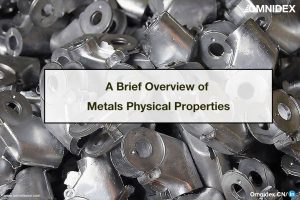

Stainless steel and steel are both reliable metals, used in a wide range of applications, from large to tiny components. Which is the better option? Basically, it all depends!
Steel is comparatively inexpensive compared to many other metals, which makes it an ideal metal for many projects. Cookware and cutlery, surgical instruments, industrial equipment, and outdoor site furnishings are often made from stainless steel, which has a bright finish and is non-reactive.
The properties and advantages of stainless steel and steel are different, and it is important to understand the differences in aesthetics, properties, and costs before choosing one alloy over the other.
Stainless steel is used for cookware, cutlery, and commercial kitchen items due to its corrosion resistance.
Iron is hardened by adding carbon to it to create steel. During the steel production process, many impurities are removed from iron, including sulfur, silicon, phosphorous, and manganese. Due to its lower carbon content, steel tends to be slightly stiffer and stronger than stainless steel.
Stainless steel production takes the same steps as steel production, but adds chromium, nickel, nitrogen, and molybdenum to make it more durable. A minimum chromium content of 10.5% is required in order to qualify as stainless steel.
In addition to protecting the metal, chromium reacts with oxygen to form a passive surface layer that protects it from degradation. If abrasions occur in this layer, it promotes self-healing, which prevents the metal from rusting.
A notable difference exists between stainless steel and steel. Based on the carbon content, steel has magnetic properties and distributes heat more evenly because it has a higher thermal conductivity. Steel can be classified into three general types: high carbon steel, medium carbon steel, or low carbon steel.
Stainless steel has a higher hardening property than steel, making it less malleable, with lower thermal conductivity and heat distribution than steel. Stainless steel is typically nonmagnetic, with some exceptions. Stainless steel comes in approximately sixty grades, each characterized by its magnetism, chromium content, and other properties.
Stainless steel finishes are different from steel finishes. With its natural sheen, stainless steel is the more luxurious metal when the lustrous shine is required. Stainless steel has a glossy appearance due to its chromium coating. Not glossy and with a slight dullness, steel has a more matte appearance.
Adding a clear coat or powder-coating paint to steel will give it a refined finish after it has been sanded and polished. With this coating, aesthetics are enhanced, and extra protection is provided against the elements.
Both steel and stainless steel surfaces can be powder coated, though coating of steel is more common. Powder coating comes in many colors. Besides protecting steel, powder coating can offer other benefits as well. Depending on the color scheme of the customers branding, powder-coated site furnishings can also be matched to nearby infrastructure.
Increasing visibility can also be accomplished by coloring parts vibrantly and in contrast to the surrounding environment. This is particularly important for applications requiring visibility, such as safety equipment and safety bollards.
Stainless steel requires minimal maintenance because of the passive layer mentioned earlier. Although stainless steel is corrosion-resistant, it’s not always resistant to discoloration. Despite this, it can withstand more abuse for longer periods of time. A unique feature of this material is its ability to self-heal.
As chromium reacts with oxygen and water in the environment, it forms a self-healing oxide layer inside stainless steel. Rusting is prevented even in wet environments by this method. In general, the higher the chromium content, the better the corrosion resistance.
As chromium reacts with oxygen and water in the environment, it forms a self-healing oxide layer inside stainless steel. Rusting is prevented even in wet environments by this method. In general, the higher the chromium content, the better the corrosion resistance.
Price may also be an important factor to consider when deciding between steel and stainless steel. There are various alloying elements that are added to stainless steel, which contributes to its high price. Depending on the environment and the needs of the customer stainless steel can be a worthwhile investment, as it offers additional protection against corrosion.
There are, of course, differences between environmental conditions and corrosion may or may not be a defining factor depending on the application. As long as there is a protective coating applied to steel products, they will be able to withstand most mild, outdoor climates very well.
With its practicality, abundance, and economics, steel is a perfect alloy for large-scale projects. In addition to roads and railways, steel is also used for other large infrastructure projects.
Often we see steel skeletons supporting buildings, stadiums, and skyscrapers, which are commonly found in modern architecture. There is the possibility of reinforcing concrete structures with steel. Besides bolts, nails, and screws, steel can also be used for smaller construction materials.
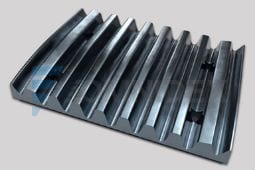
Its practical and aesthetic qualities make stainless steel a popular material. The use of stainless steel is similar to that of steel in supporting large infrastructure, but it also boasts ornamental features.
Fixtures and panels made of stainless steel add sophistication to any building. The metal’s resistance to rain and snow makes it an excellent material for bridges and sculptures. Stainless steel is also widely used in the food and beverage industry. The material is easy to clean, and sterilize, and does not react with or taint food products when they are used in it.
The long-term durability of stainless steel bollards makes them an ideal site furnishing for abrasive climates.
Stainless steel and steel both provide value at varying price points. Industrial settings as well as contemporary infrastructure can benefit from these tough and dependable alloys. Their natural silver hue makes them a popular finish, while powder coating enhances their versatility and affordability. Coated steel and stainless steel are both capable of lasting for many years outdoors. Stainless steel is always the most durable in abrasive or corrosive environments.
With 19+ years of experience, Omnidex Electronics continues to strive to be a world-class Industrial Manufacturing and Engineering provider.
As a British-owned manufacturing facility in China and Vietnam, offering end-to-end solutions to our OEM customers in the areas of automotive, medical & healthcare, marine, aerospace electronics and more.
Whether you are an emerging start-up company or a blue-chip corporation, we are keen on providing the most adequate solution for your next project. Contact Us to discuss more details or learn more about our other manufacturing processes and services.
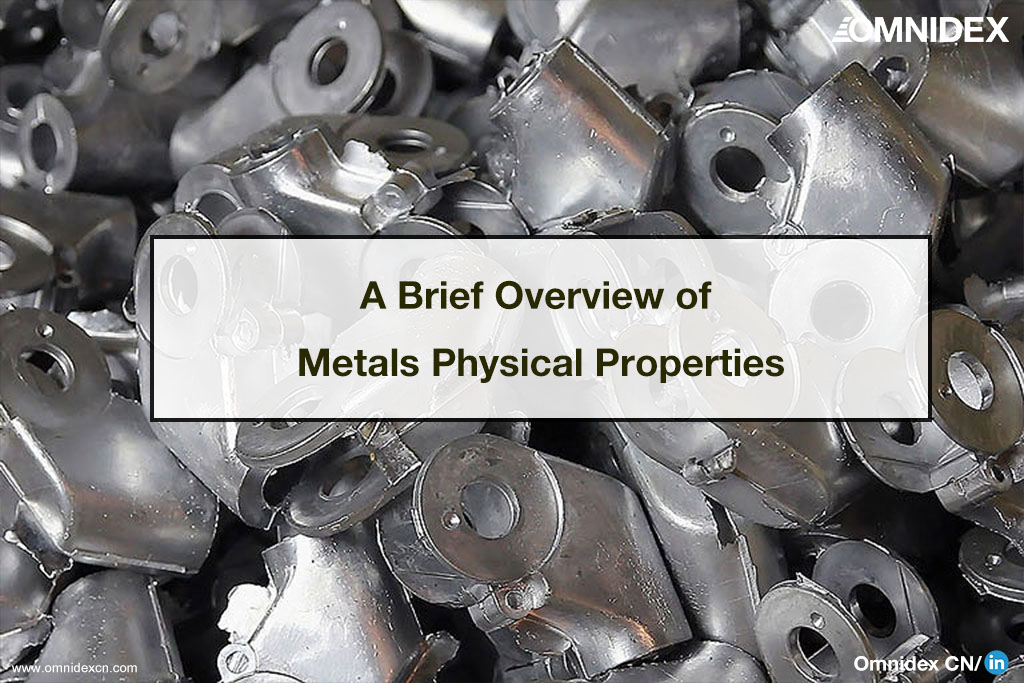
There are many ways to distinguish materials based on their physical properties. Metallurgy studies often look at physical properties as a broader category than mechanical properties. However, not all properties overlap. Using testing methods, physical properties can be distinguished from mechanical properties. In contrast to measuring mechanical properties, measuring physical properties does not require applying force to the material.
Steel is comparatively inexpensive compared to many other metals, which makes it an ideal metal for many projects. Cookware and cutlery, surgical instruments, industrial equipment, and outdoor site furnishings are often made from stainless steel, which has a bright finish and is non-reactive.
The properties and advantages of stainless steel and steel are different, and it is important to understand the differences in aesthetics, properties, and costs before choosing one alloy over the other.
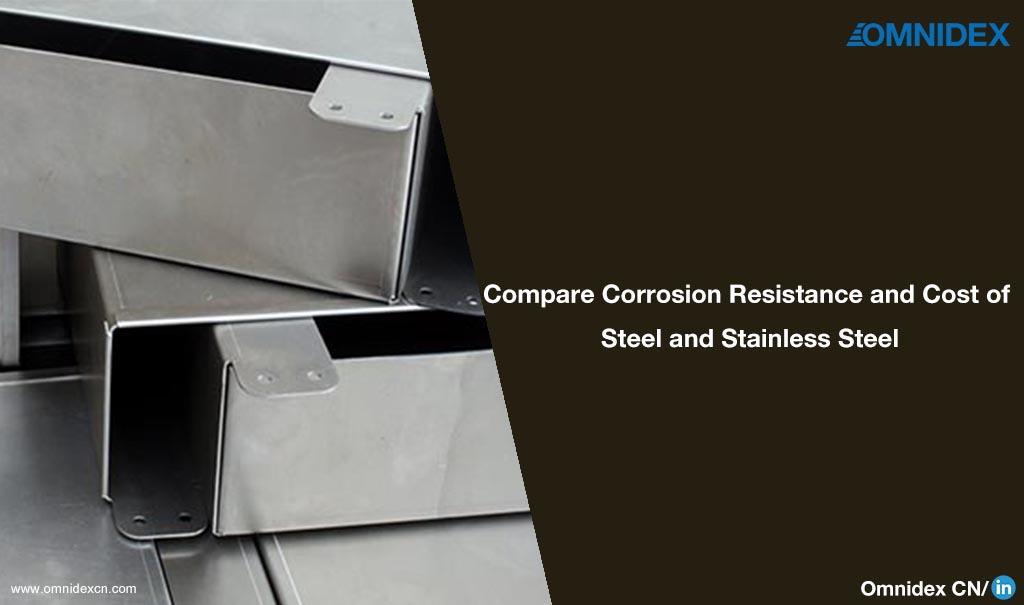
Stainless steel and steel are both reliable metals, used in a wide range of applications, from large to tiny components. Which is the better option? Basically, it all depends !
Steel is comparatively inexpensive compared to many other metals, which makes it an ideal metal for many projects. Cookware and cutlery, surgical instruments, industrial equipment, and outdoor site furnishings are often made from stainless steel, which has a bright finish and is non-reactive.
The properties and advantages of stainless steel and steel are different, and it is important to understand the differences in aesthetics, properties, and costs before choosing one alloy over the other.
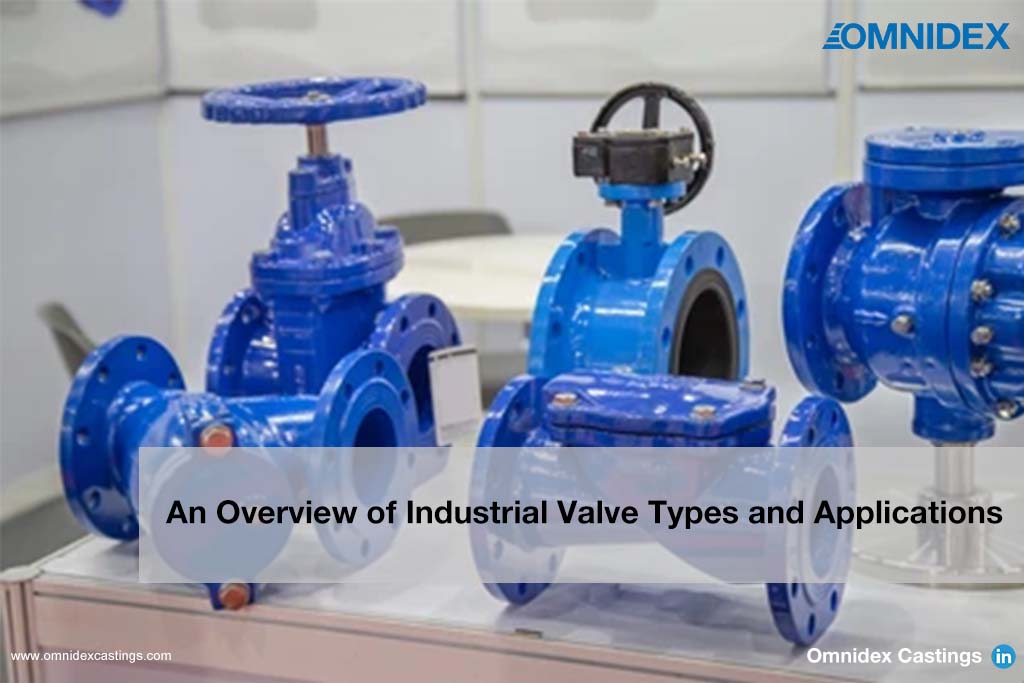
A valve is used in almost every situation that involves the flow of liquid or gas. You control the flow of water through your kitchen sink with a valve. A gas stove brings propane gas into its burners through a different valve. Outside the home, industrial valves are designed to withstand high pressures, either from fluids or gases, and to last for years in harsh conditions. Almost every utility, whether water, oil or gas, could not operate without heavy-duty, industrial-strength valves.
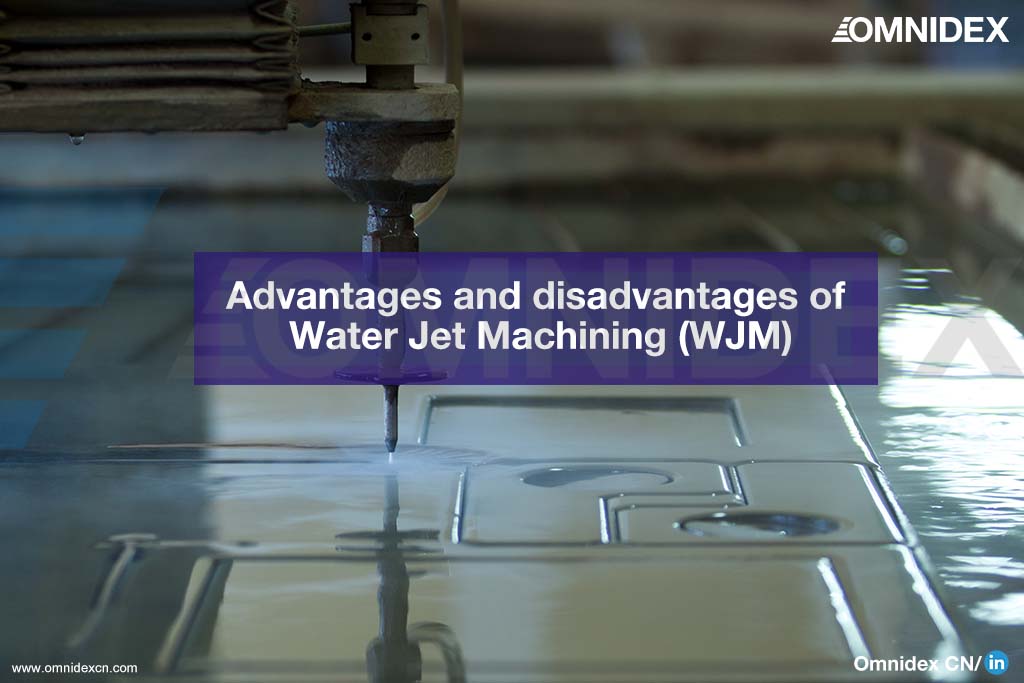
The Water Jet Machining (WJM) process is an advanced, non-conventional machining process wherein a water jet is fired at the workpiece. The jet erodes the material of the workpiece and causes it to become shaped, i.e. jetting is a machining process that utilizes a water jet to remove material from a workpiece…
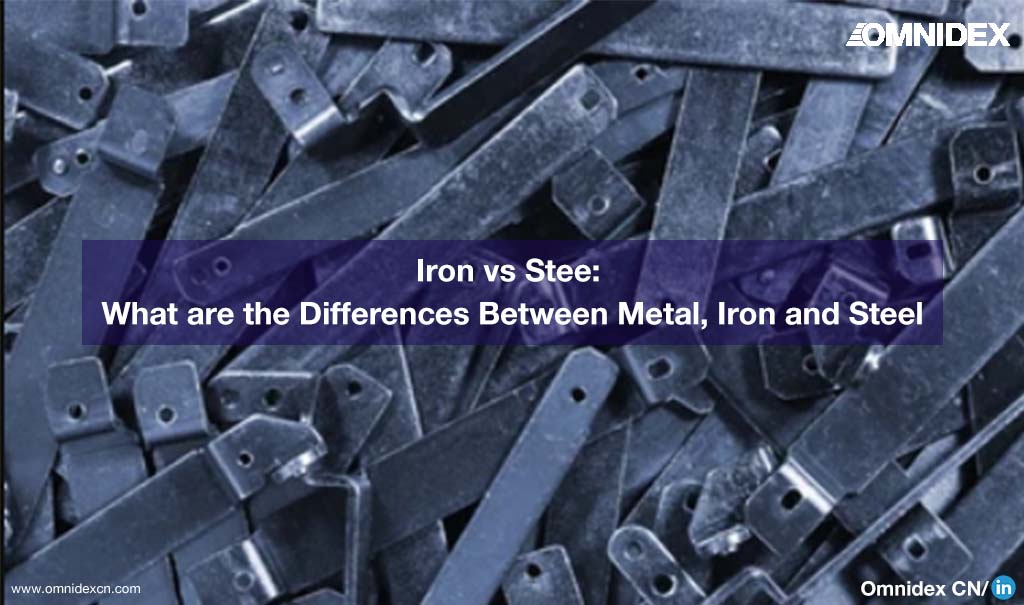
Today, we can’t imagine a world without metal structures, which are used in everything from the car industry to construction. Despite the fact that concepts like iron, steel, and metal are used every day, many still wonder if there is any difference between them. Iron, metal, and steel are all commonly used as synonyms, and this is one of the most common mistakes made every day…
Contact our Customer Service and let us know how we can help to catapult your next project to success.
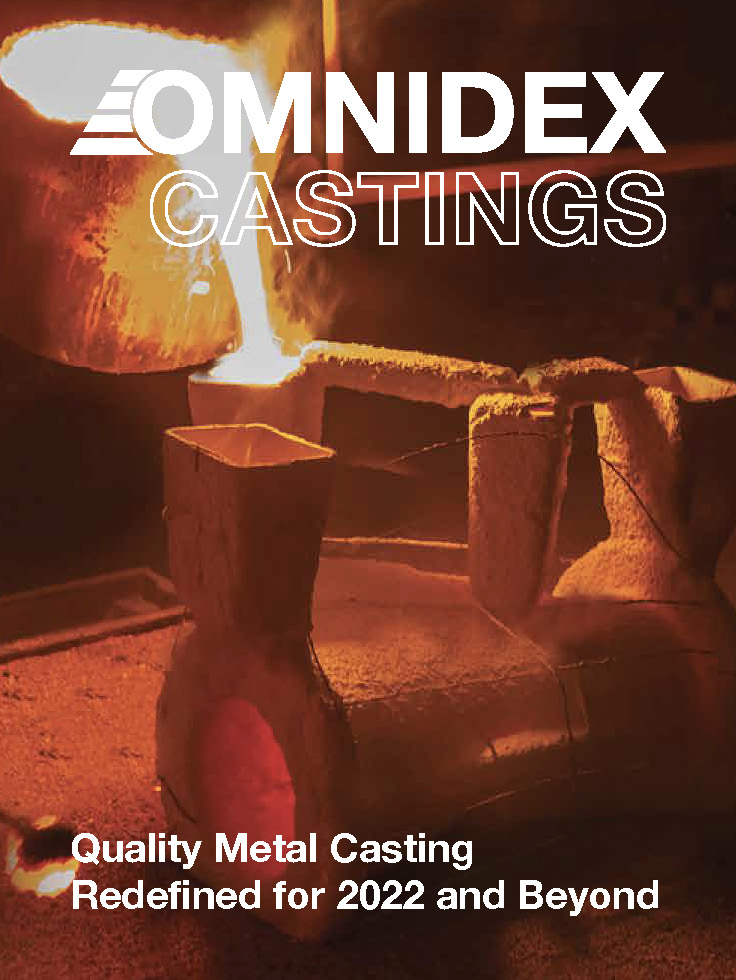
If you are looking for metal casting services, our brochure is a great way to discover what Omnidex has to offer. You can download HERE or EXPLORE HERE to learn more or .


If you are looking for metal casting services, our brochure is a great way to discover what Omnidex has to offer. You can download HERE to learn more.

Copyright © 2024 Omnidex. All rights reserved.